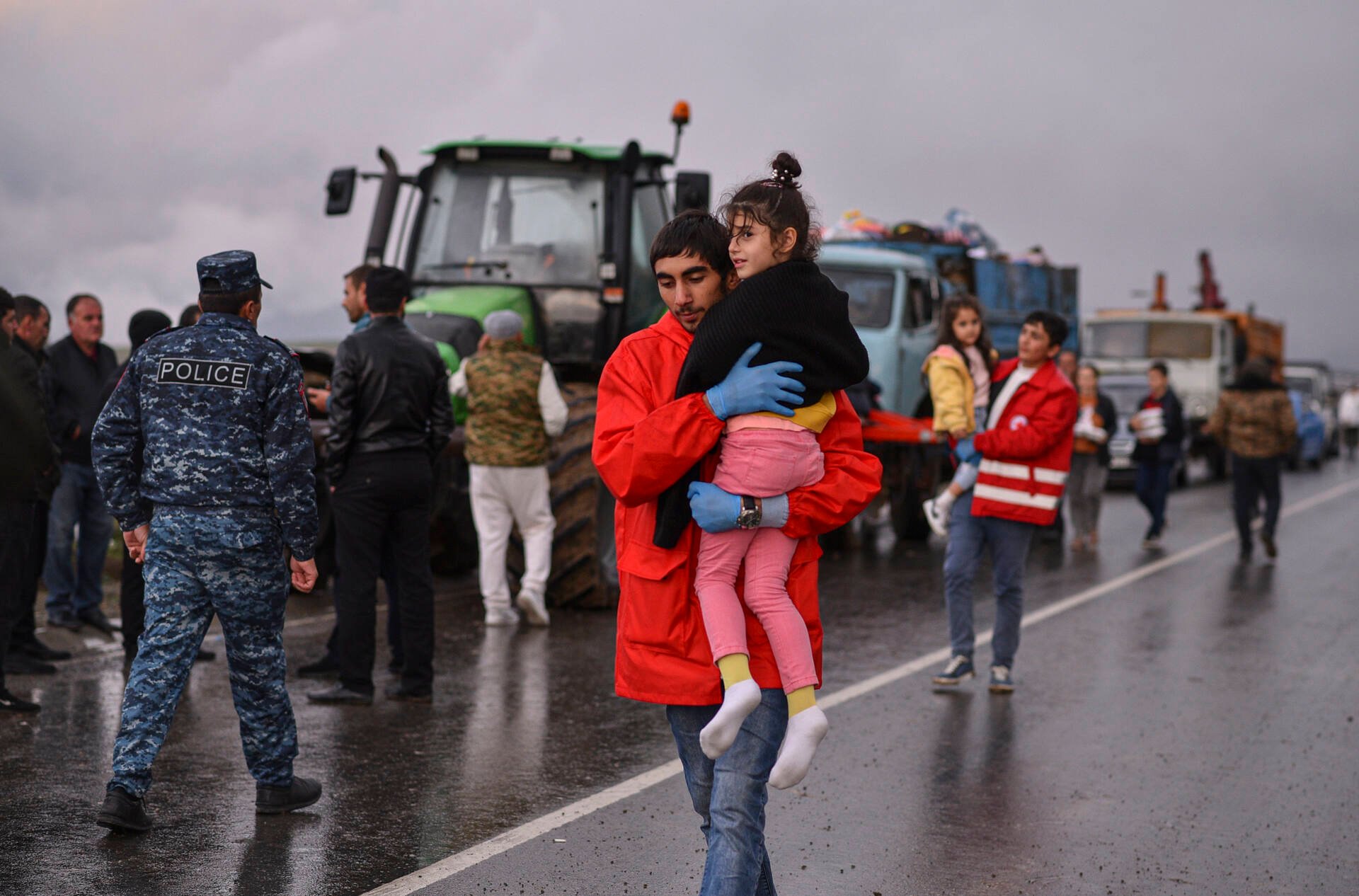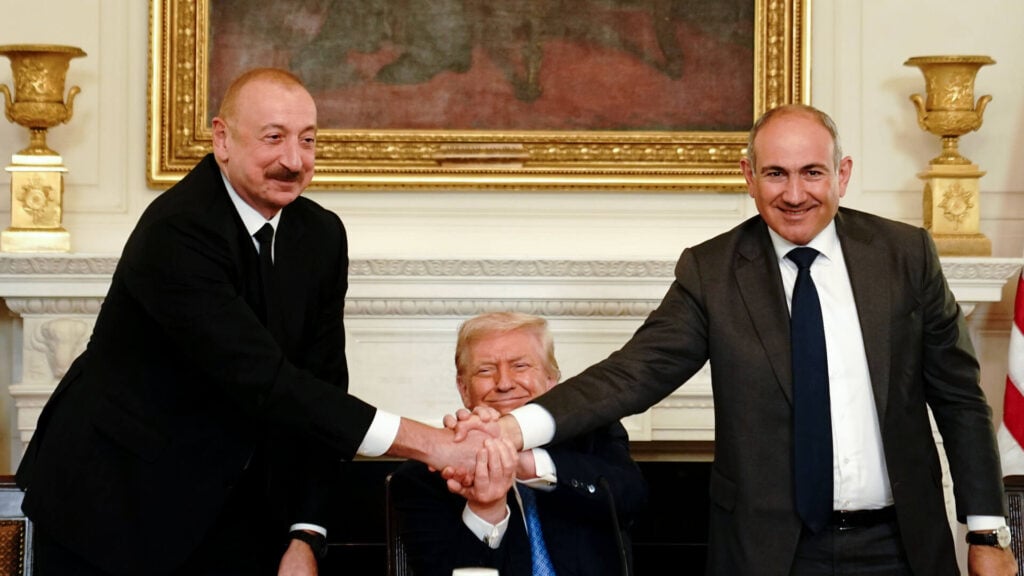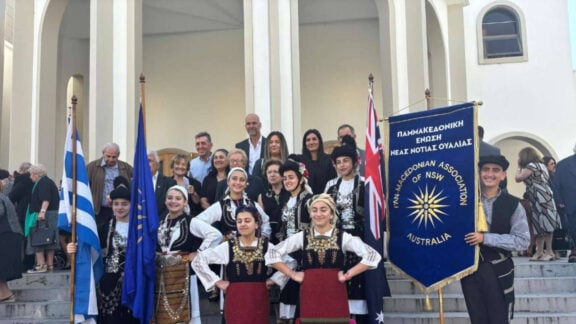Armenia and Azerbaijan have agreed on a U.S.-brokered deal aimed at ending decades of hostilities, including two full-scale wars, potentially opening new trade and transport links in the South Caucasus.
Historic signing at White House
At a White House ceremony on August 8, hosted by U.S. President Donald Trump, Armenian Prime Minister Nikol Pashinian and Azerbaijani President Ilham Aliyev also signed economic agreements with Washington. The centrepiece is a 43-kilometre corridor linking Azerbaijan to its Nakhichevan exclave, to be named the “Trump Route for International Peace and Prosperity.”
“We will turn the page of standoff, confrontation, and bloodshed,” Aliyev said.
Pashinian called it “a significant milestone” in bilateral relations. Trump lifted U.S. restrictions on military cooperation with Azerbaijan, imposed in 1992.
Background to the deal
The two nations fought a bloody war in the early 1990s over Nagorno-Karabakh, ending with the region under ethnic Armenian control. In 2023, Azerbaijan seized full authority over the enclave after Russia declined to intervene on Armenia’s behalf.
Despite years of international mediation, mainly by Russia, the United States, and France — under the so-called Minsk Group of the Organization for Security and Cooperation in Europe (OSCE) — the two sides remained openly hostile.
The EU called the agreement a “significant breakthrough,” though Chatham House’s Laurence Broers warned it is “only a commitment to sign” a final treaty.
Turkey’s strategic win
Turkey, a historic adversary of Armenia and a staunch ally of Azerbaijan, welcomed the agreement as “an extremely important development” for regional peace and stability. Ankara stands to benefit from the corridor, which could provide it with a direct overland link to Azerbaijan and onward to Central Asia, boosting its role as an energy and trade hub. Turkish officials have long supported such a route, which aligns with their vision of a “Middle Corridor” connecting Europe to Asia.
Border adjustments and public reaction
The two countries also finalised a 13-kilometre stretch of their northern border, with Armenia withdrawing from four uninhabited villages. Opposition groups in Yerevan denounced the move as “capitulation,” but Pashinian said it reflects broad public support for sustainable peace.
Residents in Armenia expressed cautious optimism. “I’ve watched the news several times, got emotional, and cried,” one woman said.
Regional reactions
The corridor, running through southern Armenia along the Iranian border, would include rail, oil, gas, and fibre-optic lines, with U.S. leasing rights replacing Russia’s former oversight under a 2020 cease-fire.
While Turkey hailed the deal, Russia and Iran voiced reservations. Moscow accused Washington of sidelining regional powers but called the talks “positive.” Iran warned against “foreign intervention” near its borders, with a top adviser to its supreme leader vowing to block the corridor if necessary.
Broers said both Russia and Iran have “numerous levers” to influence developments, predicting “sustained hostility” toward the project.









